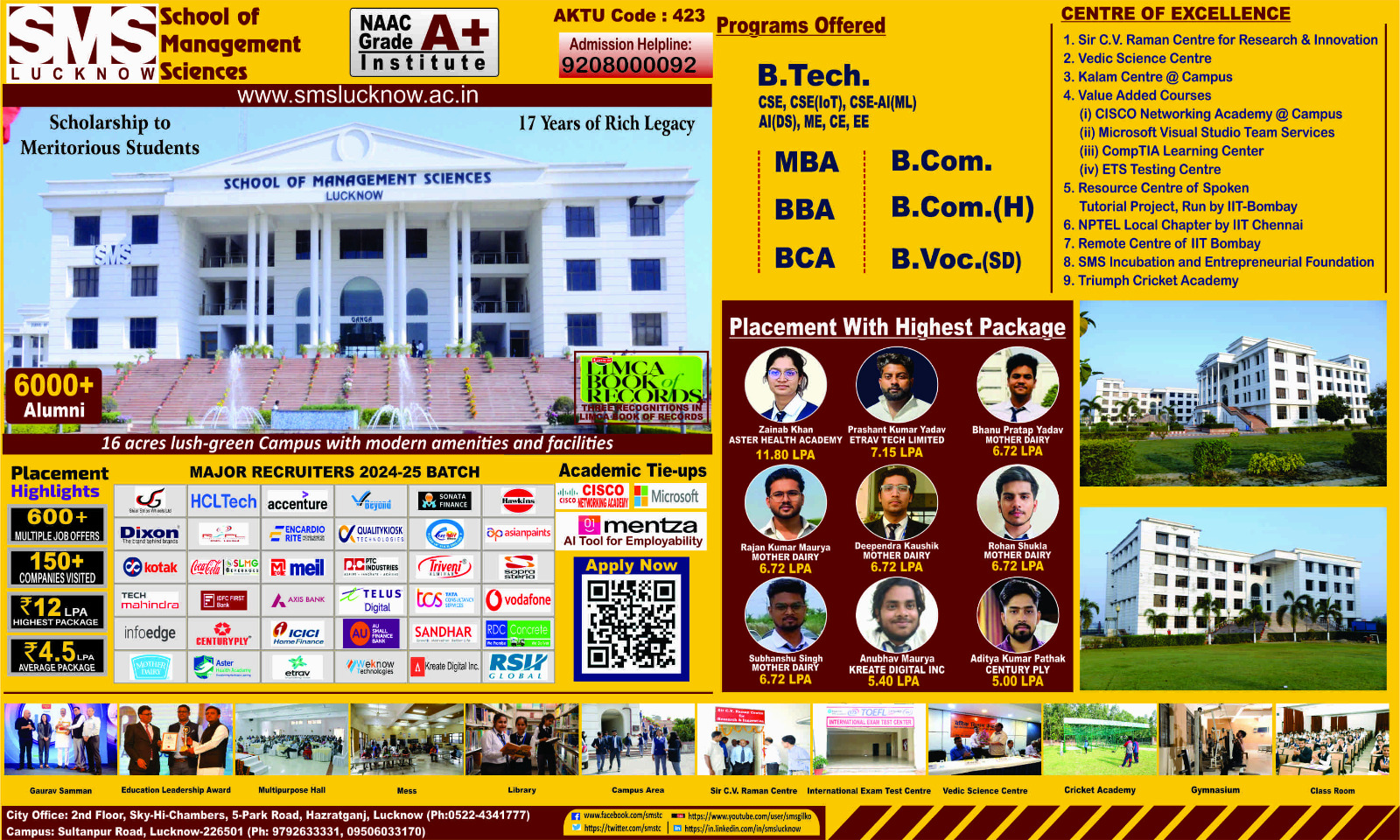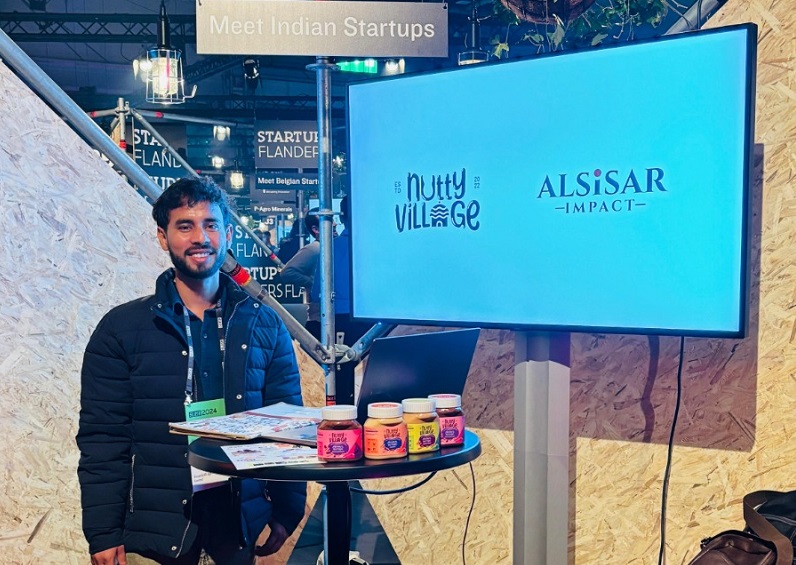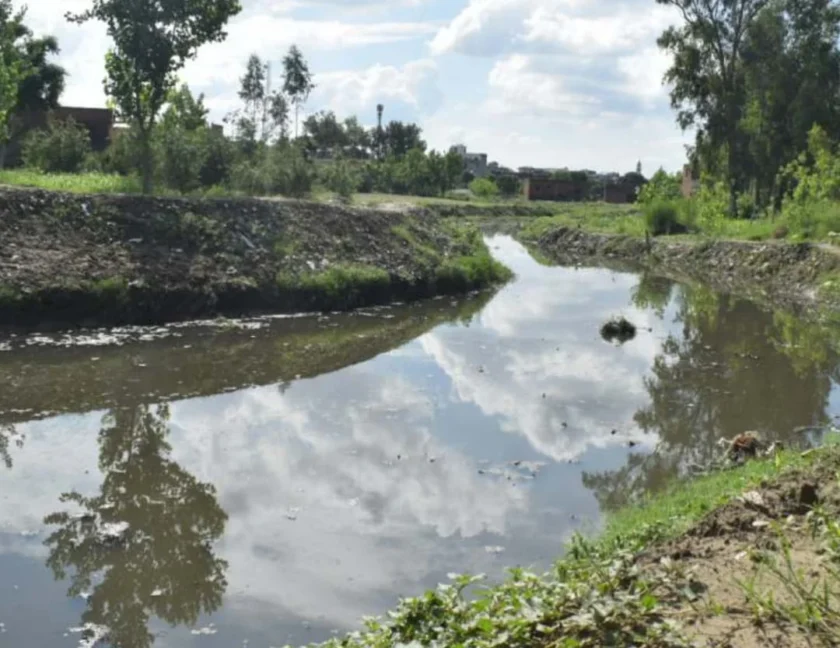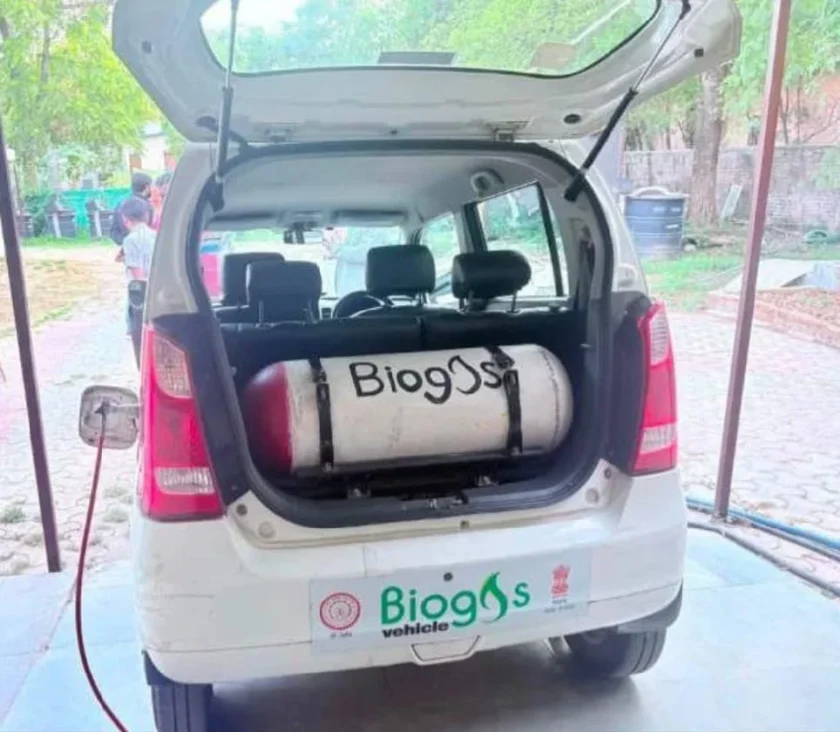Lucknow : Uttar Pradesh Chief Minister Yogi Adityanath has emphasized the need to develop basic infrastructure in religious towns like Mathura-Vrindavan, while preserving their spiritual and cultural sanctity. In a major push for urban transformation, the CM also announced the construction of integrated government office complexes in Mathura and Kanpur, designed to streamline public services and reduce bureaucratic delays.
Integrated Government Complexes in Mathura, Kanpur
During a high-level review of the ‘Vision 2030’ master plans for Mathura-Vrindavan and Kanpur, CM Yogi directed officials to build centralized administrative hubs in both cities. These complexes will house all key government offices, along with advocate chambers, food courts, ample parking, and public facilities — improving administrative efficiency and public accessibility.
Mathura-Vrindavan: ₹30,080 Crore Plan for Heritage and Infrastructure
Highlighting the decades of unplanned growth and stress on public infrastructure in Mathura-Vrindavan due to massive religious tourism, CM Yogi called for long-term urban planning. Out of 195 proposed projects worth ₹30,080 crore, work has begun on 23, with the rest in various planning stages.

Key projects include:
-
Swami Haridas Auditorium, Digital Museum, and a Convention Centre in Vrindavan

-
Development of eco-restoration in 36 forests across Braj with Krishna-era flora
-
Construction of approach roads and facilities at the Radha Rani Ashtasakhi temples
-
Creation of Krishna Lok Park on PPP model in Jawahar Bagh and its transformation into a City Forest
-
Façade redevelopment of the Vrindavan Parikrama Marg
The CM stressed that facilities such as water supply, toilets, and rest areas for pilgrims should be enhanced. He also called for community engagement in Yamuna river rejuvenation.
Kanpur’s ₹37,000 Crore ‘Vision 2030’: A Model of Urban and Industrial Growth
The Kanpur Vision 2030 plan outlines 61 projects worth ₹37,000 crore, aimed at decongesting inner-city areas, strengthening public transport, and promoting industrial, educational, and healthcare ecosystems.
Major highlights include:
-
New Kanpur City: A ₹1,169 crore township spread over 153 hectares with 2,000 residential plots and commercial zones

-
Upcoming zones: Knowledge City, MediCity, Atal Nagar, EV Park, Aerospace City, and a mega MSME cluster
-
Expansion of public transport through RRTS, Outer Ring Road, Metro extensions, and electric buses
-
Intelligent Traffic Management System (ITMS) at 102 junctions with smart signaling and CCTV
-
Shift of central bus terminals to city outskirts and creation of multiple intra-city terminals
-
Development of urban convention centers, urban haats, and theme-based public parks
Focus on Smart Utilities and Flood Management
Several smart city components are also included in the roadmap:
-
Expansion of sewerage and drainage networks in areas like Kalyanpur
-
Strengthening of urban flood management in Makhri Kheda
-
Rollout of door-to-door waste collection, smart metering, and AMRUT-based water and sanitation improvements
CM Yogi directed officials to prioritize and implement projects within timelines, especially those that involve multi-departmental convergence. He called for the involvement of NGOs and voluntary organizations in managing public parks and city beautification.
Mathura and Kanpur: Building Blocks of Viksit Bharat @2047
Calling the twin-city projects a powerful tool to realize the ‘Viksit Bharat 2047’ vision, the Chief Minister said that Mathura’s cultural legacy and Kanpur’s industrial stature should be integrated to shape them into model cities. He urged active participation from public representatives, entrepreneurs, youth, and citizens in making this transformation a reality.
“By balancing tradition with technology and heritage with progress, we are setting the course for a New Uttar Pradesh — spiritually enriched, economically empowered, and socially inclusive,” the Chief Minister concluded.





